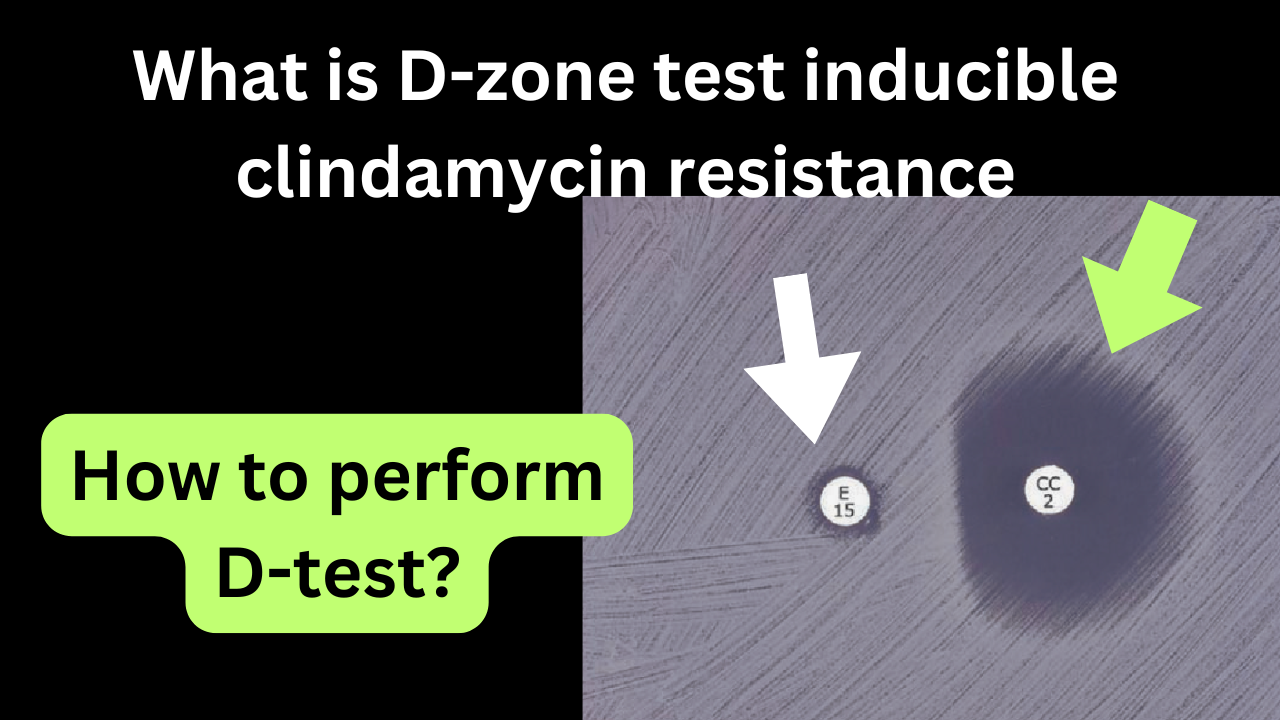Sexual reproduction quizlet PDF download free (Objective Quizzes)
Here is the important Sexual reproduction quizlet. 1. What is the primary advantage of sexual reproduction over asexual reproduction? A) Faster reproduction B) Production of identical offspring C) Increased genetic diversity D) Less energy required Answer: C) Increased genetic diversity 2. Which cell division process is responsible for the formation of gametes? A) Mitosis B) … Read more









